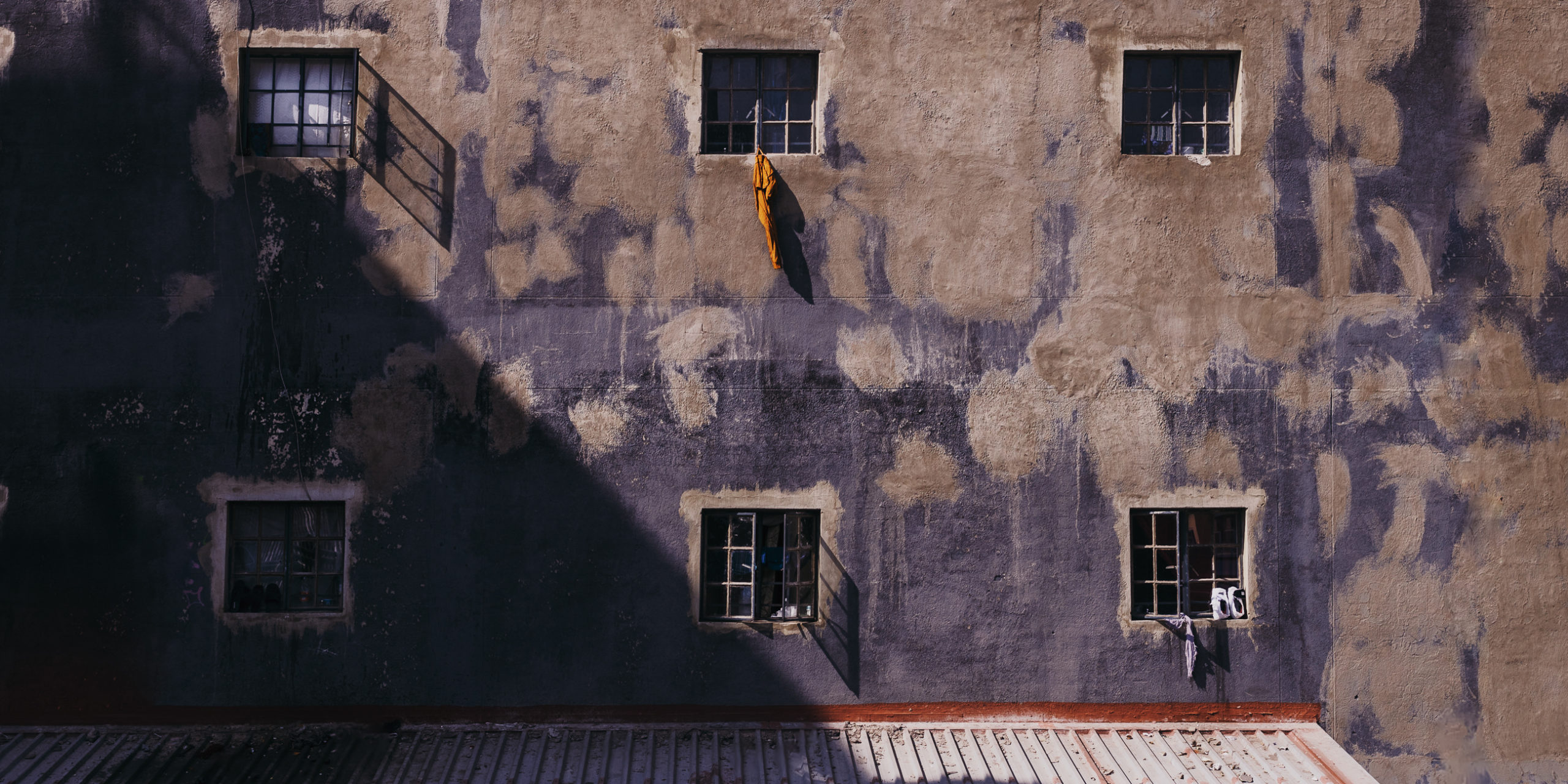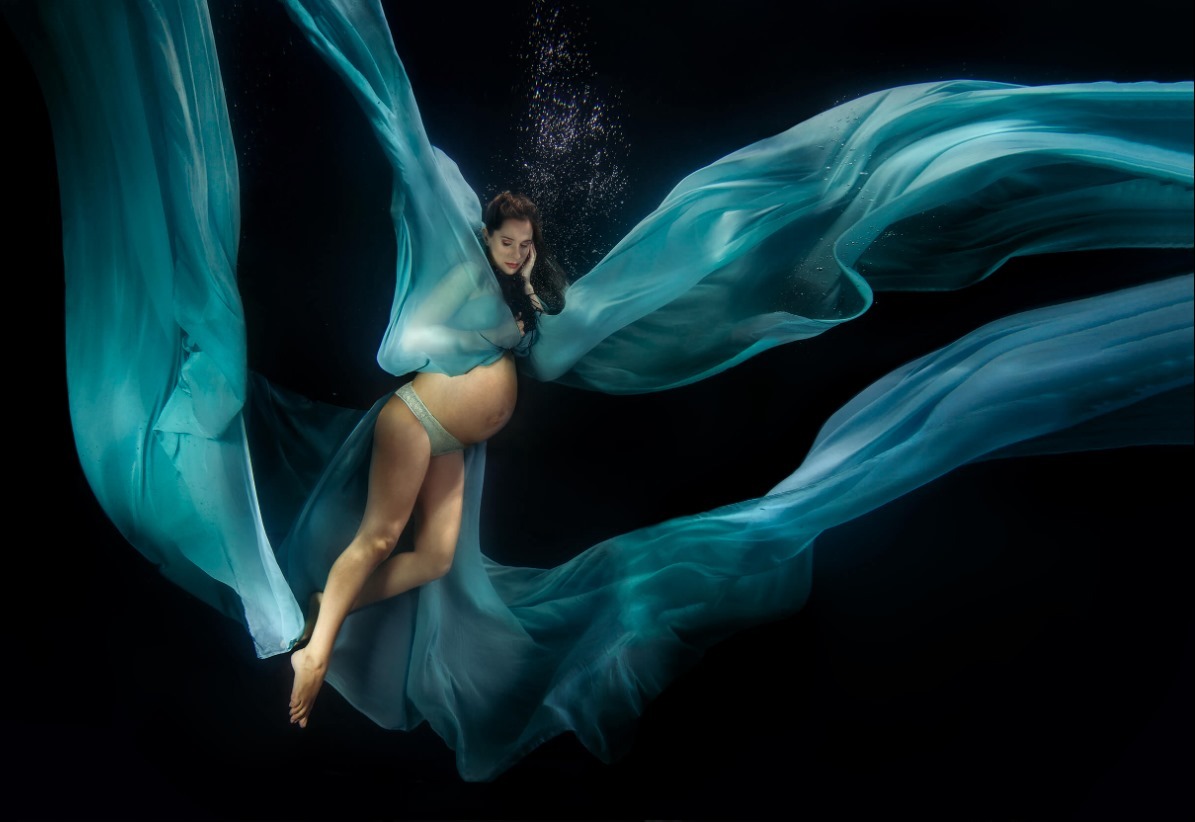Capturing the Art of Motion – An Impressionistic Photography Challenge
Get ready to shake things up—literally—with our latest Photo Theme competition: The Best of Blur 2025! This time, we’re diving into the wild, wonderful world of Intentional Camera Movement (ICM), a technique that’s all about using motion to create images that buzz with energy and emotion. Think of it as photography’s answer to impressionism—your camera becomes a paintbrush, and the world transforms into your canvas. Let’s explore this creative challenge!
What is Intentional Camera Movement?
Intentional Camera Movement (ICM) is where you deliberately wiggle, vibrate, twist, or pan your camera during a long exposure to craft abstract, impressionistic images. Forget razor-sharp details—this is about capturing mood, atmosphere, and feeling through blur and motion. As Edgar Degas famously said, “Art is not about what you see, but what you make others see.” With ICM, you’re not just snapping a photo; you’re painting with light, inviting viewers into your dreamy, dynamic vision.
Why ICM?
In a world hooked on pixel-perfect sharpness, ICM feels like a rebellion. It’s about embracing imperfection and letting loose—playing with light and motion in ways that traditional photography can’t touch. This competition is your chance to break free, experiment, and create images that pulse with life, capturing the energy and soul that still shots often miss.

Techniques for ICM Photography
Experimentation is key in Intentional Camera Movement (ICM). There’s no one-size-fits-all approach—every photographer brings their own flair to camera blur. To fuel your creativity, research and read how others wield this technique. Dive into online galleries, tutorials, or books to see how pros transform motion into art. The more you explore, the more you’ll shape your own ICM vision.
Ready to jump in? Here are some core techniques to kick things off, plus tips from top photographers to spark your next shot.
- Handholding with Faster Shutter Speeds
- How: Set your shutter speed to around 1/25th of a second, turn off in-body (camera) and lens stabilizers (this is crucial!), and introduce vibrations—tiny, high-speed movements—as you press the shutter.
- Why: These quick, subtle shakes add a dynamic blur that hints at energy while preserving just enough detail, like a fleeting sketch of your subject.
- Capturing Subject Movement with Slower Shutter Speeds
- How: Crank your shutter speed down to 1 second or more, keep your camera steady, and let a moving subject—like a dancer or rushing water—create ethereal trails.
- Why: It’s like time-lapse painting; the subject’s motion blurs into ghostly streaks, turning your photo into a living, breathing story.
- Additional Techniques
- Panning: Sweep your camera horizontally to track a moving subject (think a cyclist or car), blurring the background while keeping the subject semi-sharp.
- Rotating: Twist your camera in a circle during exposure for a swirling, vortex-like effect.
- Zooming: Adjust your zoom lens mid-shot for a dramatic burst that pulls the viewer inward.
- Tips from Top Photographers
- Valda Bailey: “Layer ICM with multiple exposures for that soft, painterly vibe.”
- Chris Friel: “Keep it simple—minimalism can make your ICM shots sing.”
- Danie Bester: “Play with shutter speeds; even a tiny tweak can turn a good shot into a masterpiece.”
- Douglas Barkey: “In street photography, use ICM to blur faces and capture the pulse of the moment anonymously.”
- Ellen Anon: “Try vertical panning for nature shots—it echoes the upward growth of trees or flowers.”
- Pep Ventosa: “Walk around your subject while shooting multiple exposures for a stunning, all-angles view.”
- Michael Orton: “Pair ICM with the Orton Effect for a soft, glowing, painterly vibe.”
- Charlotte Bellamy: “Embrace bold colors—ICM can mix and melt hues in surprising ways.”
- Erik Malm: “In urban settings, let ICM reflect the frenzy of city life, turning stillness into motion.”

Top 10 ICM Photographers to Inspire You
Need some inspiration? Check out these masters of impressionistic photography who’ve made ICM their own:

- Danie Bester – Dynamic urban and abstract landscape shots that hum with motion.
- Valda Bailey – Ethereal, layered works blending ICM with multiple exposures.
- Chris Friel – Minimalist, abstract landscapes that feel like whispers of the world.
- Andy Gray – Serene seascapes where blur meets calm.
- Douglas Barkey – Impressionistic portraits and street scenes with soul.
- Ellen Anon – Floral and nature shots that dance with light and blur.
- Pep Ventosa – Unique “in the round” series using movement for fresh perspectives.
- Michael Orton – Dreamy landscapes with his signature “Orton Effect” and ICM flair.
- Charlotte Bellamy – Bold, colorful abstracts that pop off the frame.
- Erik Malm – Urban explorations of light and color through ICM.
Get Inspired
Stuck for ideas? Study the above photographers work, and Browse our Pinterest board for a flood of ICM brilliance. And take it from Ansel Adams: “You don’t take a photograph, you make it.” With ICM, you’re crafting something truly your own.

Competition Details
What We’re Looking For
We’re throwing the doors wide open—any subject, any style, as long as Intentional Camera Movement is the star. Here’s what’ll catch our eye:
- Subject Mastery: Show how movement transforms your subject, whether it’s a gentle nudge or a wild sweep.
- Energy and Emotion: We want shots that feel alive—blur that tells a story or stirs a feeling.
- Vision and Intent: Make it purposeful. What’s the blur saying? Why’d you move that way?
- Creative Movement: Vertical pans, horizontal swipes, quirky twists—go wild!
- Abstract Beauty: Lean into abstraction; let shapes and colors melt into something new.
- Light and Motion: Play with light—see how it dances with your movement.

Judging Criteria
Our judges will score based on:
- Energy and Emotion: Does it move us—literally and figuratively?
- Compositional Skill: Is the blur part of a thoughtful design?
- Creativity and Intent: Does the movement feel deliberate and fresh?
- Mastery of Motion: How well does ICM elevate your subject?
- Post-Processing: Is the editing polished, enhancing the impressionistic vibe?
Submission Guidelines
- Closing Date: 23 June, Midnight
- Winners announced on Zoom: 25 June, 7PM
- Open to Basic and Pro members.
- Submit up to five images, either solo or as a series.
- Post in our Photo Themes Group.
- Title each image or series, and tag with both the following hashtags #ICM2025 and #IntentionalCameraMovement.
Photo Series
Got a story to tell? Submit a series of up to five images that flow together—a visual journey where each shot builds on the last.

Prizes
- Best Single Image: R1,000 cash prize.
- Best Series: A 3-hour personal training session with Danie Bester—your choice of topic!
Bonus Events
Mark your calendars for these can’t-miss events:
- Tips and Tricks: Intentional Camera Movement – Join Danie Bester on 5 May 2025 at 7 PM (SA Time) for insider tips to ace the competition.
Why Editing Matters in ICM
ICM shots often start raw and rough—editing is where you polish them into gems. Tweak contrast, boost colours, or blend multiple exposures to make the blur sing. A great edit turns an accidental smear into a deliberate, impressionistic masterpiece.

Let’s do it!
So, what’s stopping you? Grab your camera, start moving, and let’s create some impressionistic magic. We’re dying to see your motion-filled masterpieces—good luck!









